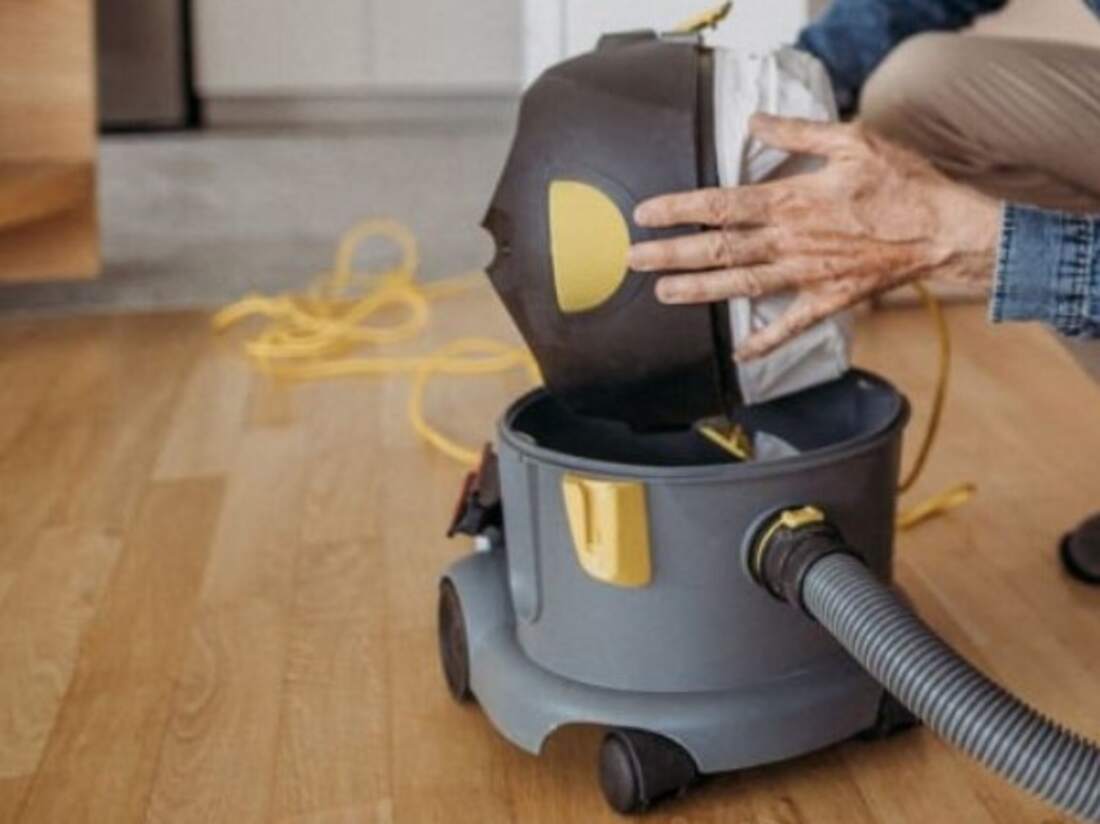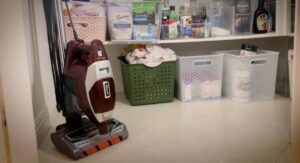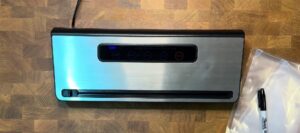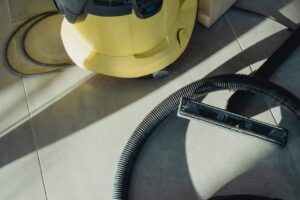Disposing of a vacuum cleaner may seem easy. But if done the wrong way, it can harm the environment. Vacuum cleaners have parts like metals, plastics, and electronic circuits. Many people do not know these parts can be recycled.
If not handled properly, these materials can pollute the soil and water. Old vacuums often end up in landfills. There, they take a long time to break down. Hazardous substances from electronics can leak out. This hurts wildlife and damages nature.
Knowing how to dispose of a vacuum cleaner the right way helps protect the planet. It also supports recycling and reduces waste. In this guide, you will learn easy and responsible methods to get rid of your old vacuum safely.
Whether your vacuum is broken, outdated, or no longer needed, there are good ways to dispose of it. You can recycle it, donate it, or use manufacturer take-back programs. Following these steps helps the environment and may benefit others.
If your vacuum is broken, outdated, or you simply don’t need it anymore, there are many responsible ways to dispose of it. By handling old appliances properly, we reduce landfill waste, recover valuable materials, and help protect the environment.
In this exploration of our disposal options, we will discuss recycling, manufacturer take-back programs, donation, and more. These methods not only help preserve natural resources but also provide the opportunity to repurpose and extend the life of used appliances. If you follow these practices, you will be helping to clean up the environment and maybe helping others in need.
Learn more: Before you toss your vacuum, check the hose, it might just need a simple fix. Learn how to repair a vacuum cleaner hose.
Table of Contents
Why Proper Disposal Matters
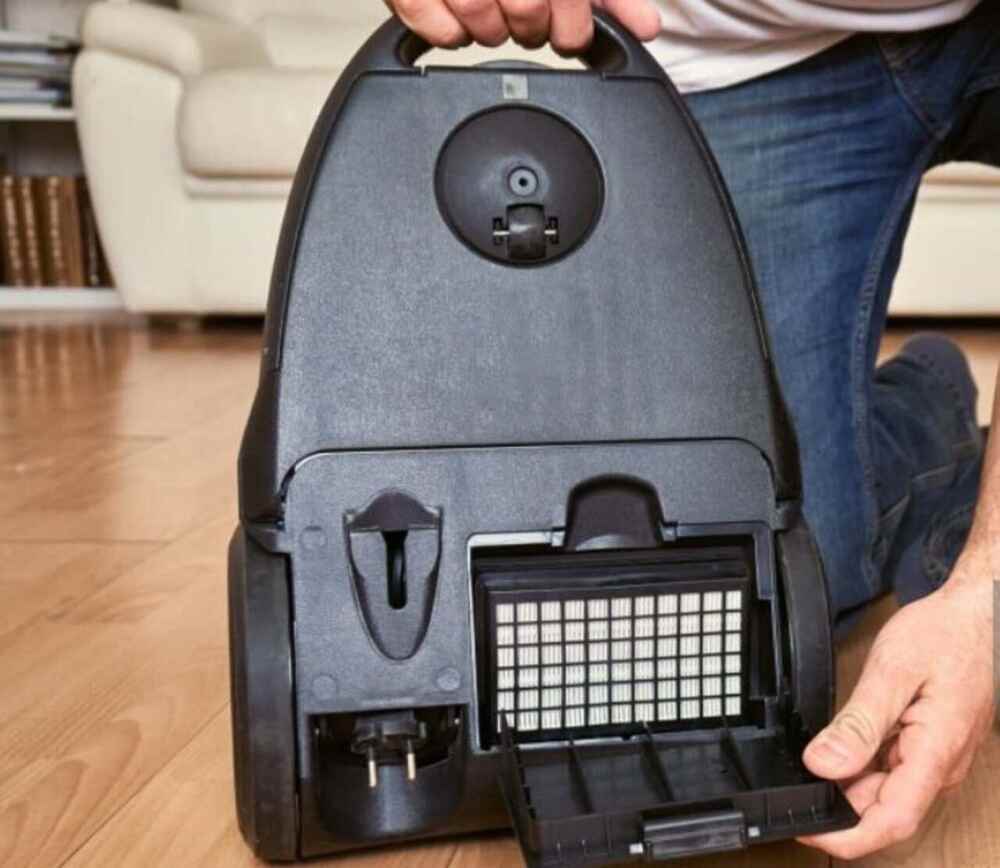
Vacuum cleaners can pollute the environment if not disposed of the right way. They have parts like plastics, metals, and electronics. Plastics take hundreds of years to break down. Electronics may have harmful things like lead or mercury. Metals and other useful parts get wasted when not recycled. This adds more trash to landfills.
Disposing of vacuum cleaners properly helps protect nature. Recycling saves resources and lowers pollution. It keeps soil, water, and animals safe.
These devices contain materials that can harm ecosystems if not handled properly. For example:
- Plastics take hundreds of years to decompose.
- Electronic components often contain hazardous substances like lead or mercury.
- Reusable materials such as metals go to waste when not recycled.
By understanding and adopting responsible disposal practices, you can:
- Minimize waste in landfills.
- Support the recycling industry.
- Promote a sustainable future.
Proper disposal helps conserve natural resources and ensures a cleaner, safer environment for future generations.
Understanding Vacuum Cleaner Components
It is useful to know what constitutes of your vacuum cleaner before you discard it. This knowledge will help you sort out how recyclable parts or materials can be salvaged. A typical vacuum cleaner consists of:
- Plastic Housing: Most vacuum cleaners have durable plastic casings. These plastics can often be recycled and used to make new products, reducing the need for new raw materials.
- Metal Parts: Parts like weather seals, hoses, motors, and screws are usually made of recyclable metals like aluminum or steel. These metals can be melted down and reused.
- Electronic Components: Circuit boards and wiring contain hazardous materials, so they require special e-waste recycling. These parts must be handled carefully and processed safely.
- Filters and Bags: Many vacuums have replaceable filters or bags. These are usually not recyclable, but some filters can be cleaned and reused.
- Hoses and Attachments: Made from flexible plastic or rubber, these parts are harder to recycle but can often be reused for DIY projects.
Ways to Dispose of Your Vacuum Cleaner
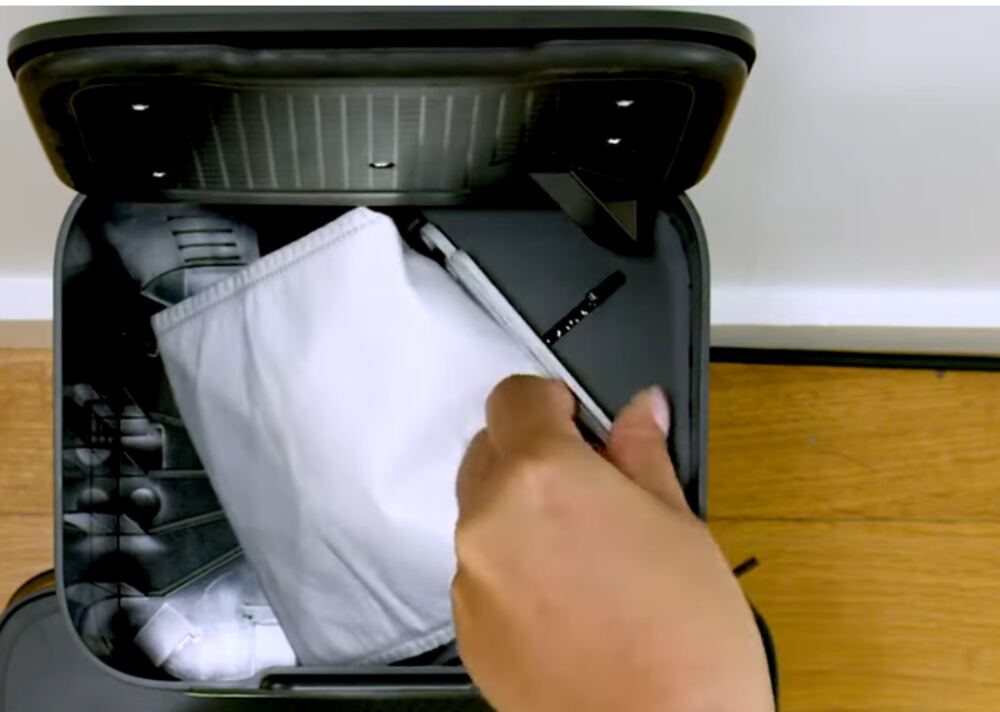
Recycling Centers
- A great way to get rid of an old vacuum cleaner is to take it to a nearby recycling center. These places also accept many small home appliances. They separate the parts like metal, plastic, and electronics so they can be safely recycled.
- Benefits: It reduces landfill waste, protects the environment, and safely handles harmful materials.
- How to Find: Contact your local city office or visit their website to find the closest center. Ask what they accept and how to prepare your vacuum.
Manufacturer Take-Back Programs
- Many companies in the vacuum cleaner industry also have take-back programs to recycle old vacuum cleaners. Customers, in turn, get to recycle their products with brands like Dyson and Shark and send it back to the brand for recycling.
- Steps
- Contact the manufacturer or check their website.
- Follow instructions for shipping or drop-off.
- Ensure the vacuum is clean and disassembled if required.
Donation Options
If your vacuum is still working, think about giving it to someone who needs it. Many charities, thrift stores, and shelters accept used appliances.
- Where to Donate: Goodwill, Salvation Army, or local shelters.
- Impact: It helps families in need and keeps useful items out of the trash.
Selling or Repurposing
Even a broken vacuum can be useful. Sell it for parts on eBay, Facebook Marketplace, or Craigslist. Or, use the parts for DIY projects like garden tools or storage boxes.
Disposing of E-Waste
Vacuum cleaners with electronic parts should go to an e-waste center. These places know how to remove harmful items and recycle the valuable ones.
- Tips: Search online for e-waste drop-off spots or local recycling events.
Using Junk Removal Services
Some junk removal companies specialize in recycling and disposing of appliances responsibly. Research services in your area to find one that offers eco-friendly disposal.
- Popular Services: Look for companies that emphasize green disposal methods.
Community Recycling Drives
Many communities organize recycling drives for electronic waste and appliances. Check local event schedules to find opportunities for responsible disposal.
- Advantages: Convenient and often free or low-cost.
How to Prepare Your Vacuum for Disposal

Proper preparation ensures your vacuum cleaner can be efficiently recycled or disposed of. Follow these steps:
- Empty the Bag or Dust Bin: Take out all the dust and dirt. Throw the contents in the trash unless you’re using biodegradable vacuum bags or compostable options.
- Disassemble the Vacuum: Remove parts like hoses, brushes, and attachments. This makes it easier to recycle different materials and keeps things from getting mixed up.
- Remove Hazardous Materials: If your vacuum has a battery or other electronic parts, take them out. Batteries need to go to a special battery recycling center. Don’t toss them in the regular trash.
- Clean the Vacuum: Wipe the outside and inside to remove dirt and allergens. A clean vacuum is more likely to be accepted by a donation center or recycling program.
- Check for Local Guidelines: Some recycling centers have specific rules about how they want appliances prepared. Contact them or check their website before dropping off your vacuum.
Proper preparation not only simplifies recycling but also ensures safety during transport and handling.
FAQ
Can I throw my vacuum cleaner in the trash?
In most places, vacuum cleaners are considered e-waste or large items that cannot be dumped in the normal trash bin. You should consult local authorities on the proper ways of discharging these products.
Where can I recycle a vacuum cleaner?
Other ways are to take the device to a local recycling center, to a manufacturer that takes back the device, or to an e-waste facility. Internet search can also refer one to service providers and companies such as Earth911 that act as directories to facilities nearest to the person in need of a particular service.
What parts of a vacuum cleaner can be recycled?
Reusable and recyclable elements involve metals, some kinds of plastics, and electronic pathways. However, filters and bags are not recyclable and should go to the garbage bin only after being emptied.
How do I prepare my vacuum for recycling?
Gather any removable parts and dismantle them, and empty the vacuum; also, remove any dangerous substances like batteries. Check with the recycling center as to how they wanted it done.
Are there any fees for recycling vacuum cleaners?
Some of the facilities charge a small amount of money for the e-waste they take, while others, such as the manufacturers, usually provide free services. Always check beforehand.
Final Thoughts
Understanding how to dispose of a vacuum cleaner the right way is more than a task, it’s a step toward a greener and cleaner planet. When we choose to recycle, donate, or return old appliances through take-back programs, we help reduce harmful waste and give valuable materials a second life.
Refurbishing or reusing a vacuum cleaner also saves energy and resources. It prevents useful parts from ending up in landfills. Plus, a working vacuum can make a big difference for someone who can’t afford a new one.
As landfills grow and natural resources shrink, these small actions start to matter more than ever. Recycling or donating a single appliance might feel small, but it’s a big part of the solution.
Most communities offer easy disposal options. Whether it’s an e-waste drop-off, a manufacturer’s return program, or a donation center, you have choices. Simply clean your vacuum, remove any batteries, and follow your local guidelines.
These efforts help protect the soil, water, and air. They also teach future generations the value of responsible living.
Every time you dispose of something the right way, you’re setting an example. You’re showing that real change begins with small, simple steps. Let’s make those steps count, starting with your old vacuum cleaner.

Welcome to Homenias, I’m Jaman M, and I’m here to help you discover the best home products. With years of experience, they offer genuine reviews and helpful guides. Their mission is to make your choices easier. It’s organizing your space or finding creative solutions. Explore how the right products can enhance your everyday life. Don’t miss out on finding the best home products to raise your living experience.

